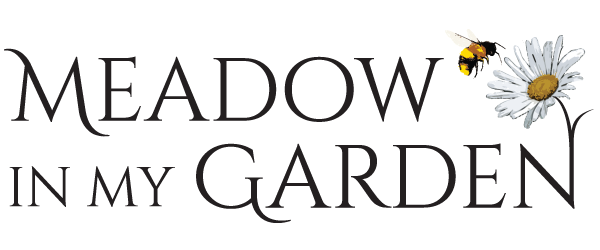Spring is upon us, so it’s time to start thinking about the burst of life it will bring to our gardens, including solitary bees.
There are over 240 solitary bee species in the UK, so these form an important component of our ecology. Many, such as miner bees, nest in holes in the ground, whilst others, such as mason and leafcutter bees, will nest in holes in trees and walls – or artificial bee hotels.

As the Natural History Society of Northumbria says: ‘Inside a solitary bee nest is a series of egg cells, each protected by a wall of material and provisioned with nectar and pollen. Male eggs are laid towards the front of the entrance, so that they emerge before the females and are ready to mate in the following year. The female’s larvae remain within these cells until the following year and emerge as fully-formed adults, ready to mate and start the cycle again. Solitary bees are only on the wing for a matter of weeks, so it is a race against time for females to complete their nests and ensure their larvae are fully provisioned.’

Bee hotels can take many forms, but one of the simplest ways to make one is to drill holes in an old log or piece of wood. Obviously avoid wood which has been treated with preservative. It should also be over 10cm thick (see below).
Contact us and we'll happily send you a free guide
Make sure you position the hotel in a sunny spot, with the entrances facing south, or east towards the morning sun. It is best off the ground, but waist to head height is fine. If it can be positioned to shade it from the midday sun and any rain, then all the better – even a piece of wood nailed to give a small overhang might help.
Simply drill holes into the wood and make the holes as deep as your drill bits will allow, but ensure the holes do not go all the way through. Mason bees like deep holes (at least 10cm deep), so Nature Chain has a couple of long drill bits which you can borrow, together with a selection of other drill bits – if you wish to borrow them, please email us using the email address given below. If you use a variety of drill diameters (from 2-10mm) it will encourage different bee species but do sand down the hole entrances to avoid splinters, which might damage/discourage the bees. It is also better to drill with the grain rather than across it (ie drill into the end of the log not its sides). To find out more, come to our stand at the Village Fête on 8 June.
Finally, if you'd also like to encourage miner bees, why not fill a pot with sand and put it in a sunny spot (ideally sheltered from the worst of the rain) and hopefully they will burrow into it.
Article courtesy of www.naturechain.co.uk

